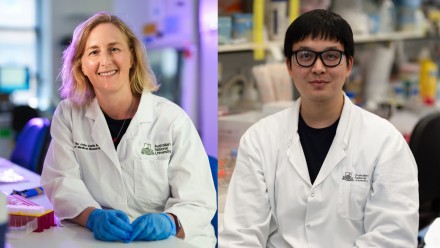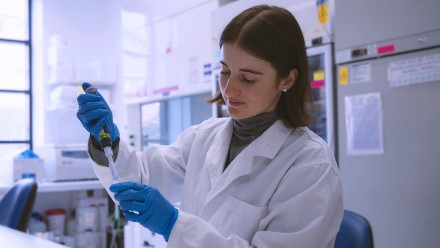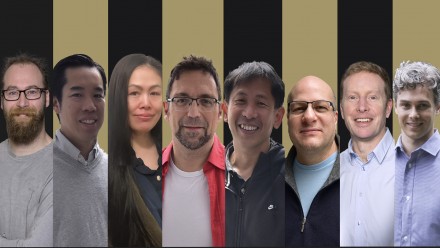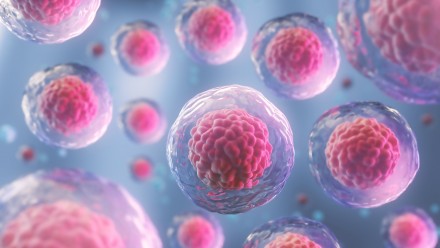Single Cell RNA-seq
How it works
At the BRF, we use 10x Genomic Chromium iX cell barcoding technology to construct various library types for sequencing on Illumina platforms. Individual cells are partitioned into emulsified oil droplets containing a reverse transcription mastermix and a gel bead, and these gel beads are coated in DNA oligos that contain 10x barcodes and UMIs.
Clients have the option to multiplex their cell samples before sorting and sample submission, using hashtag oligos purchased from BioLegend. These reagents are antibody cocktails that are conjugated to a DNA barcode to label cell surface proteins, allowing multiplexing of multiple cell samples into a single sample before cell sorting. Note: certain BioLegend hashtag oligos are compatible with certain 10x library prep kits. For 3' scRNA-seq projects, use BioLegend TotalSeq-B reagents. For 5' scRNA-seq projects, use TotalSeq-C reagents.
Isolated reverse transcription reactions take place inside the oil droplets to uniquely tag the transcriptome of each cell (and hashtag oligos - optional). The cDNA is amplified by PCR, size-selected, and used to construct various library types for applications such as:
- 3' mRNA and 5' mRNA transcriptomics
- V(D)J immune profiling (compatible with 5' assays)
- Feature barcoding for cell sample multiplexing
- ATAC-seq
- Fixed RNA profiling
Requirements
Get in touch with the brf at brf@anu.edu.au for a discussion about your scRNA-seq project. We will determine what is required to prepare libraries from your samples and the required sequencing depth with the associated pricing. We will also book a time for you to submit your samples after sorting.
Note: it can take up to 2 hours for us to bring the samples to a safe stopping point, so we require the samples to be brought to the BRF by 3pm on the agreed submission day. We understand that unforeseen circumstances can cause the submission time to go past 3pm, so we ask that you actively keep us informed if you think you cannot meet this time.
After discussing your experiment, we will require a sample submission form. Navigate to the "How to order" tab on the Illumina Sequencing page and download a "BRF-Made Libraries" form for the sequencer that will be used for your experiment.
If you have labelled your cell surface proteins with hashtag oligos, we will require an antibody reference file detailing the sequences of the barcodes carried by the antibodies.
Best results are achieved with manual cell counting under a microscope. A high cell viability will lead to a higher cell recovery after the cell barcoding step. If you wish to check your cells on the Countess Automated Cell Counter when delivering your samples, purchase disposable slides from the Idea Elan website, under the ACTD facility (one slide can accommodate two samples). Checking on the Countess requires 10 µL of sample.
The recovery rate after cell barcoding is ~50%, meaning that loading 12,000 cells will, on average, result in ~6000 barcoded cells being recovered and proceeding to library preparation. The maximum number of cells that can be loaded into the cell barcoding reaction is 20,000 per sample (~10,000 recovered cells), however, this is associated with a higher rate of doublets (two cells being co-partitioned and receiving the same 10x barcodes). If the cells were labelled with hashtag oligos, then there is a chance that co-partitioned cells will carry different hashtags and can be filtered from the dataset with greater confidence.
Ideally, sample concentrations should lie between 700-2000 cells/µL. Ensure you have sufficient cells and additional volume if you wish to check your samples on the Countess. For 5' and 3' assays we require at least 20,000 cells. For fixed RNA scRNA-seq, we require at least 300,000 cells per sample.








